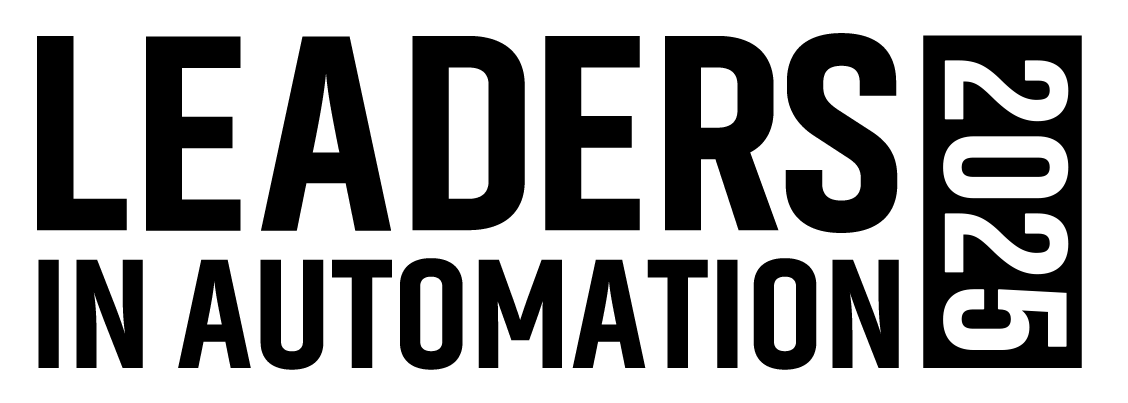Service Desks Improve Operations
“Great service is what customers want—and that’s what customers demand,” declares Phil Verghis, founder and principal of The Verghis Group (www.verghisgroup.com), a Cambridge, Mass.-based services consulting firm. “Good service is taking good care of customers after they know there is an issue. Great service is making sure they never have an issue in the first place.”
And the goal of the service desk, from an information technology information library (ITIL) perspective, is to help the user return to normal operations, as quickly as possible, adds Rich Petti, executive consultant with Pink Elephant (www.pinkele phant.com), an IT service management company based in Burlington, Ontario, Canada. “The key thing from the ITIL perspective? The service desk is a function, not an ITIL process.” ITIL, which provides best practices for IT management drawn from public and private sectors, is supported by the British Standards Institution’s (www.bsi-global.com) BS15000 standard.
Company culture will influence intra-company receptiveness of an ITIL-based service desk, Verghis observes. “If the company is rules based—i.e., employs processes; for example, propositions such as ‘if this, then that’—then ITIL tends to be attractive,” he notes. “But for companies that are not rules-based, ITIL can be seen as excessively bureaucratic.”
Why should a company employ ITIL? Petti says it gives a framework to implement new processes that improve a company’s capabilities, or it allows improvement of existing processes. It also will help provide clarity on policy, which is like rules of engagement, and on procedures, which is how something is done, he adds. Another ITIL benefit Petti notes is that its framework forces some discipline on the control of documentation, processes and policies
“In the broadest scheme in ITIL, there’s IT service management. ITIL forces the IT department to better serve its customers,” Petti explains.
So how do ITIL and service desks merge? The service desk is the primary implementer of the incident-management process, he says. “In that context, the day-to-day users are calling the service desk and reporting an incident.”
When someone calls a service desk, they mean, “This is urgent,” he explains. To get the best response—hence, service—Petti says callers must provide three key pieces of information. One, what is the symptom or problem description, in terms of causes and effects? Two, what is the caller’s view of the service outage? Three, what is the customer’s view of how quickly the problem must be resolved? “Basically, the customer is describing priority,” Petti notes. “In ITIL terms, impact plus urgency equals priority.”
Build relationships
With respect to optimizing the IT-manufacturing relationship in an enterprise and having the service desk work, the two groups must have successful formal and informal relationships, believes Rich Muns, founder and chief executive officer of Colorado Springs, Colo.-based Help Desk Institute (www.thinkhdi.com) an association for IT service and support professionals. “In informal relationships, have IT sit down and ask what problems manufacturing is having. Ask open-ended questions. For example: ‘What aspect of manufacturing is giving you the most problems?’ ” When that happens, he believes manufacturing begins to think, “IT cares about us.” But Muns emphasizes that manufacturing must do the same with IT in building its part of the relationship.
The crux of such good relations may literally be the service desk. Noting that larger organizations may need relationships managers, Muns says, “If you don’t have good service at the service-desk level of IT, you’re probably not going to have good relationships.”
And to IT, he cautions, “If IT is not very careful and focused, then things can get released before they’re ready—and that can damage credibility and relationships.” His advice? “Deliver goods on a daily basis.”
C. Kenna Amos, [email protected], is an Automation World Contributing Editor.

